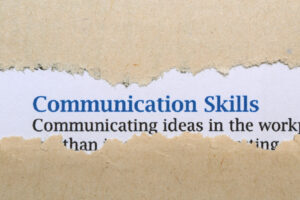It is coming to that time of year for all teachers… transition!!! In education, transition typically refers to the three major transitional points: when students move from elementary to middle school, middle to high school, and from high school to college. But, for the special education teacher, major transitions also include from the infant program to preschool, preschool to elementary, and from high school to adult programs. While students also experience other transitions during their educational journey, such as advancing from one grade to the next, the major transitions are of particular importance because of the significant amount of change (academic, social, emotional, physical, or developmental) that might affect their educational performance. Poor transitions often lead to increased behavioral issues, increased absences, and poor academic performance. It is for these reasons that we as teachers must take the time to make transitions for our students as smooth and successful as we possibly can. After all, teachers have an important role in supporting the transition of all their students.
The following are a few general tips for successful transitions:
* Start early. The earlier, the better.
* Parent involvement – communicating transition information to families.
* Involve the IEP Team (nurse, speech, vision, and therapists).
* Setting up visits to the new school/class prior to students’ entry.
* Sharing accurate information with the new teacher/school, including information about students that might be of concern: behaviors, health concerns, communication, favorites, likes and dislikes.
* Sharing information that is often overlooked, for example, can they independently open classroom doors, do they play in their feces (I know this one is a gross one, but it is so often overlooked), etc.
* Establish transition needs. What does the student need to be successful (equipment, communication, leisure activities, etc.).
* Preparing students for a new class, school culture.
* Preparing parents for a new class, school culture.
* Listening to students’ concerns about going to a new class/school.
* Encouraging students to be positive about change.
* Encouraging parents to be positive about change.
* Tailor transition practices to the needs of the individual student. Transition is not a “one size fits all” practice.
* Alleviate fear
* Teach resilience
I hope these tips are helpful and useful. If I have missed any, please feel free to assist me, and all teachers, by adding to this list. Let’s create the best transition list possible!!!



